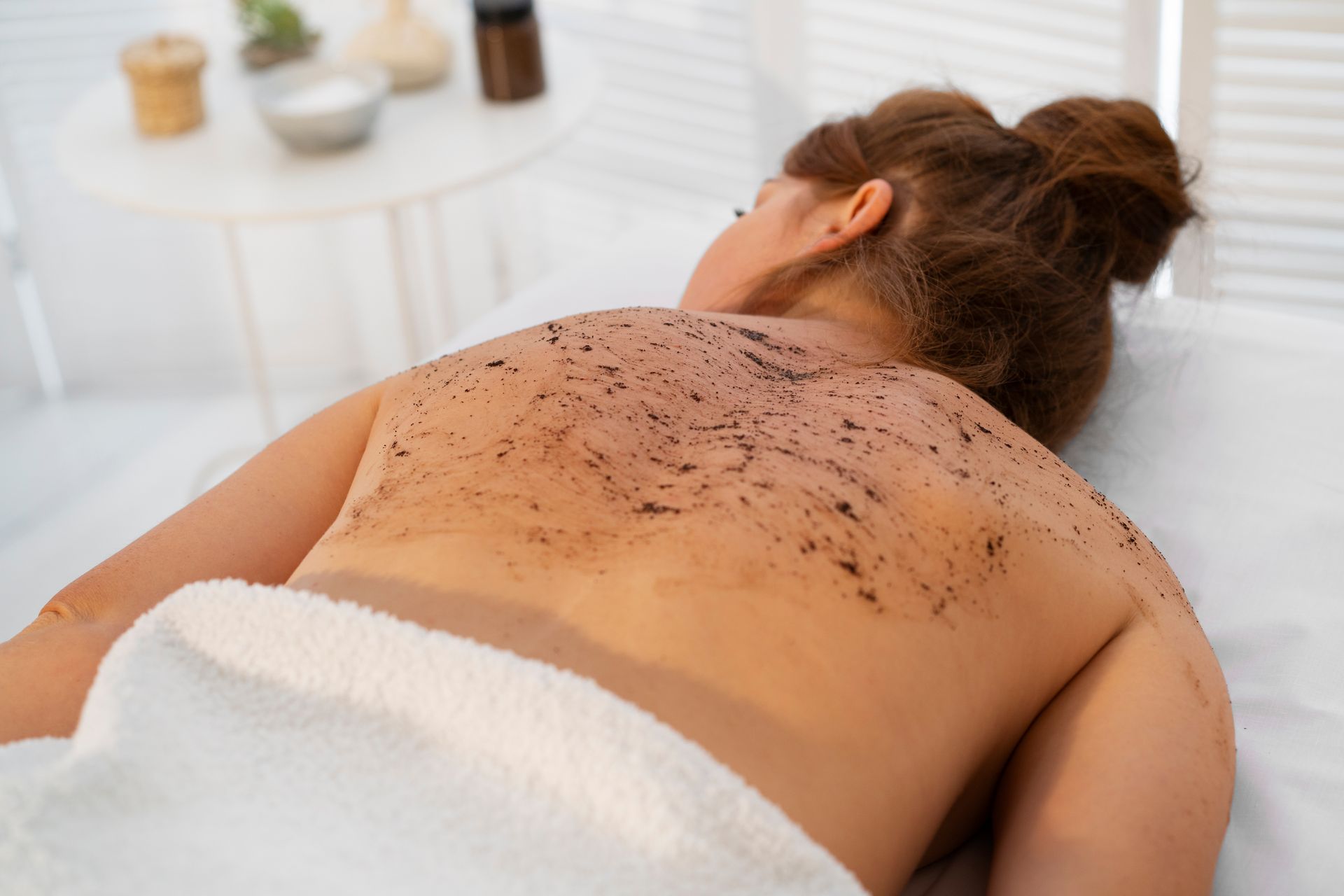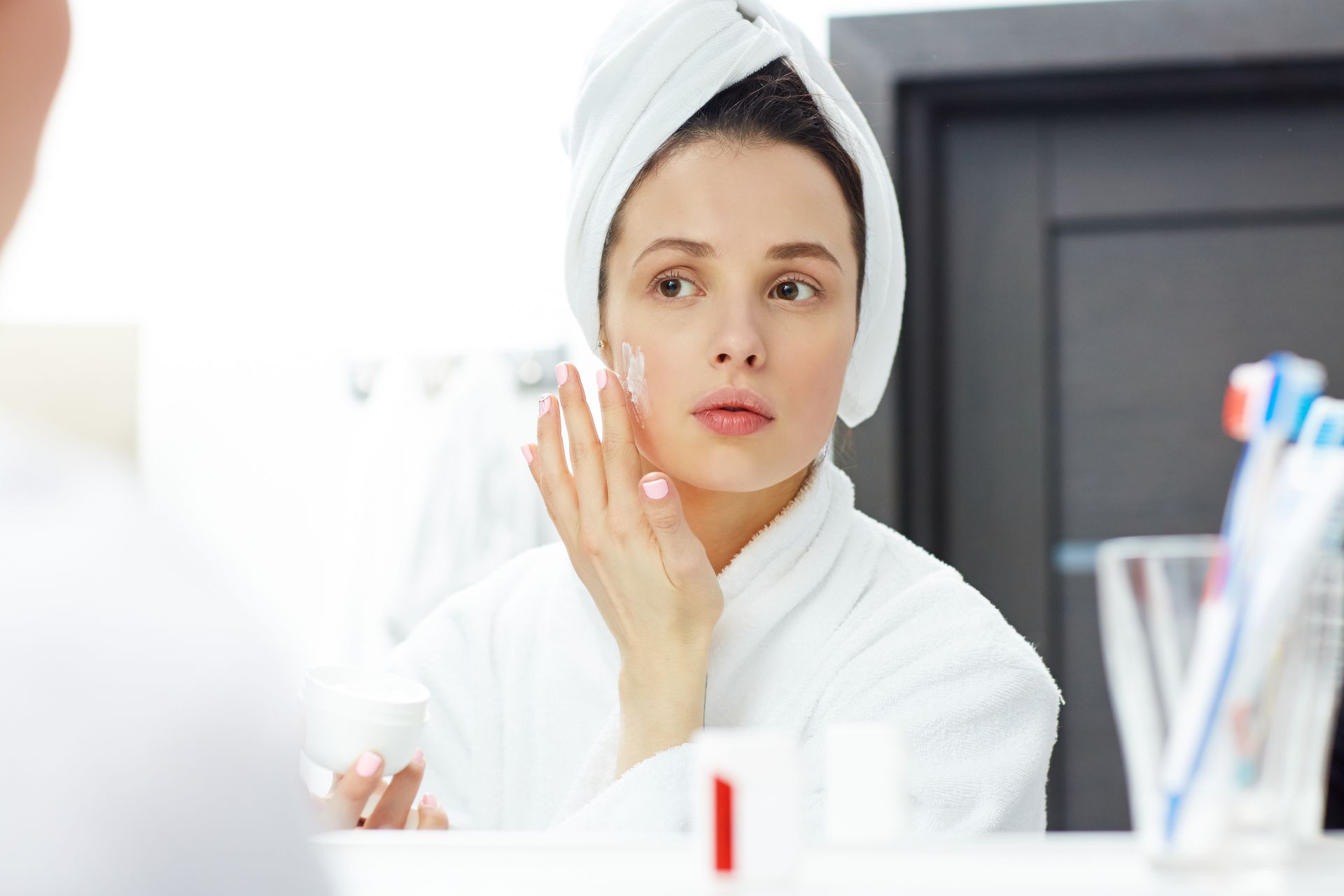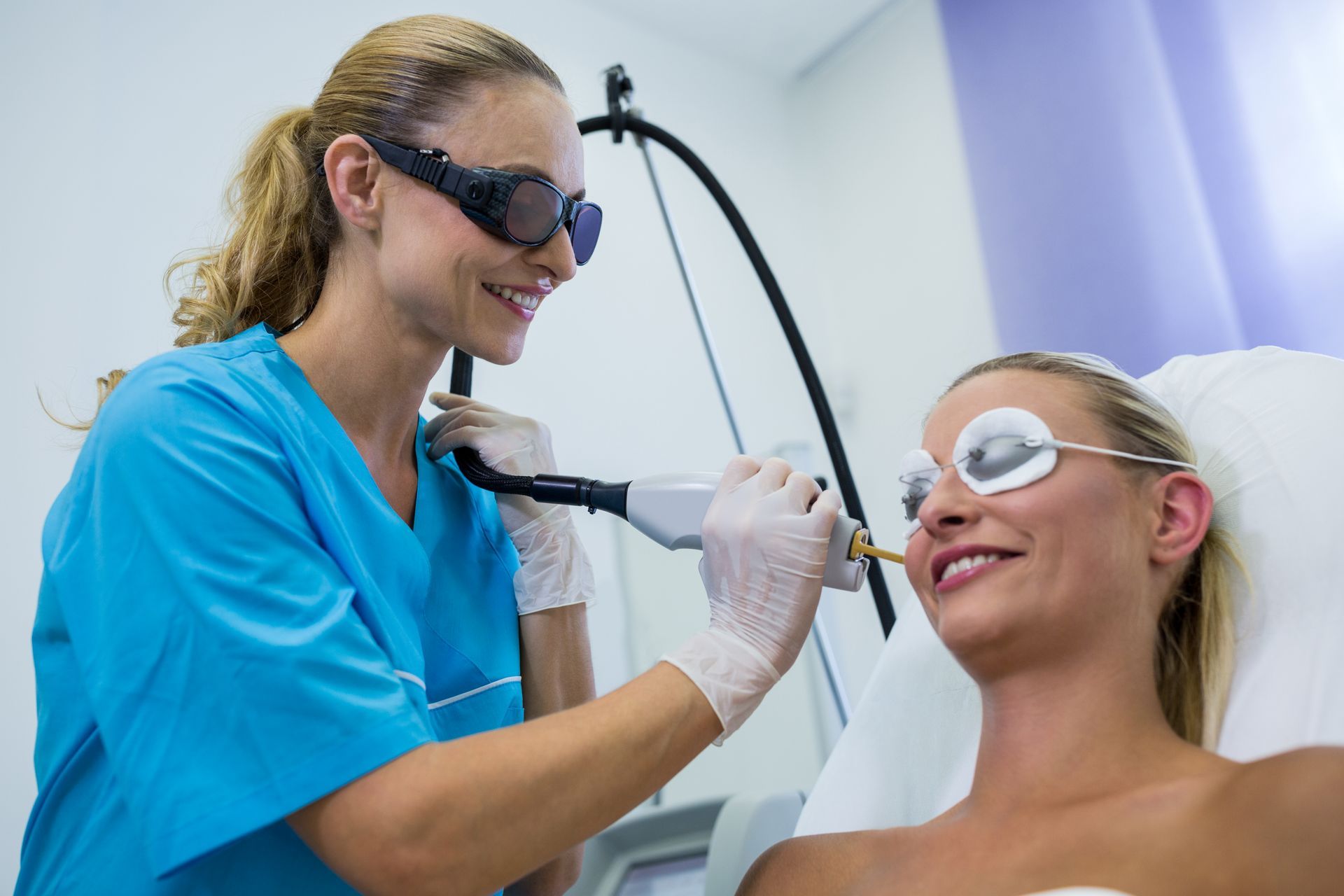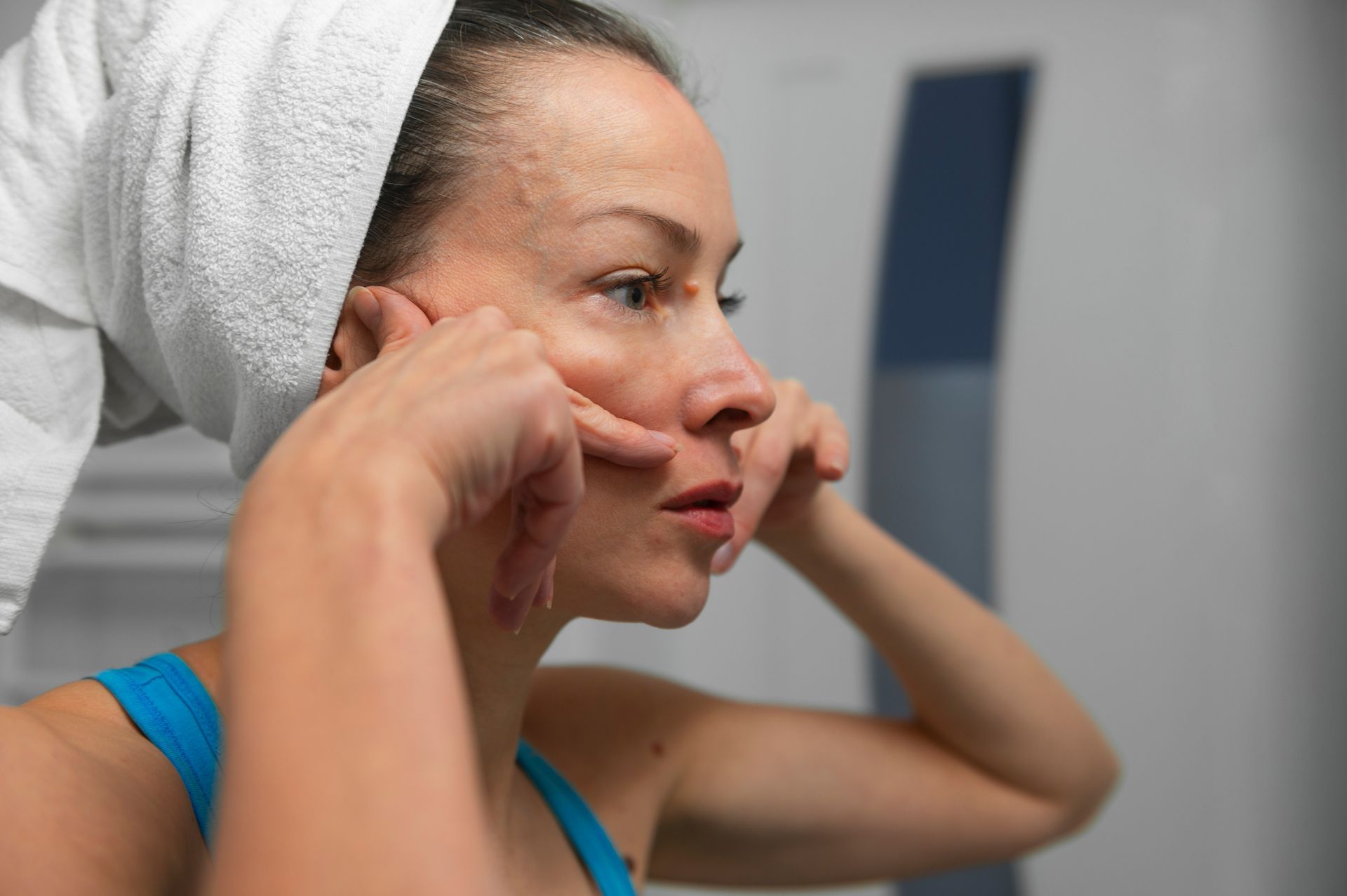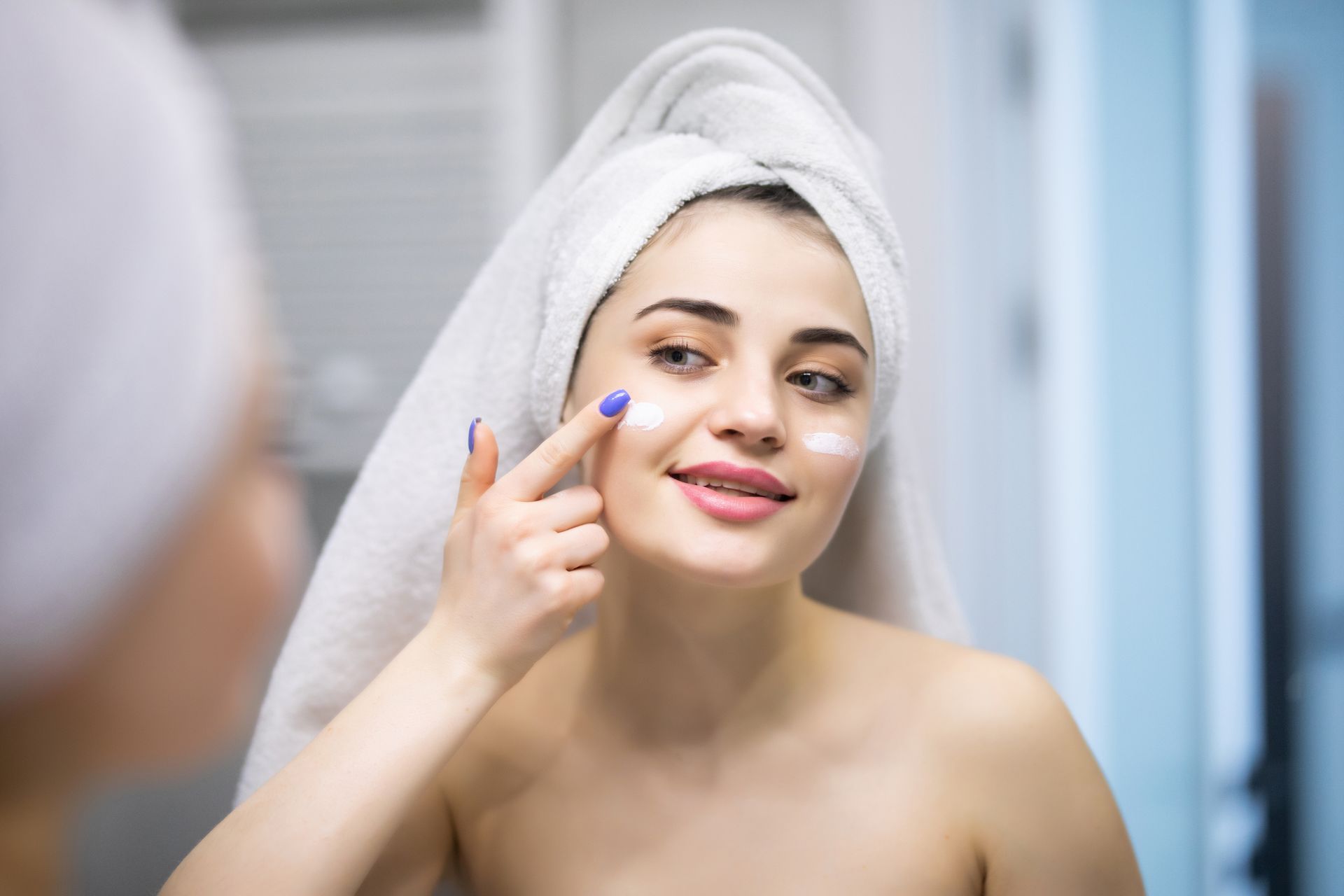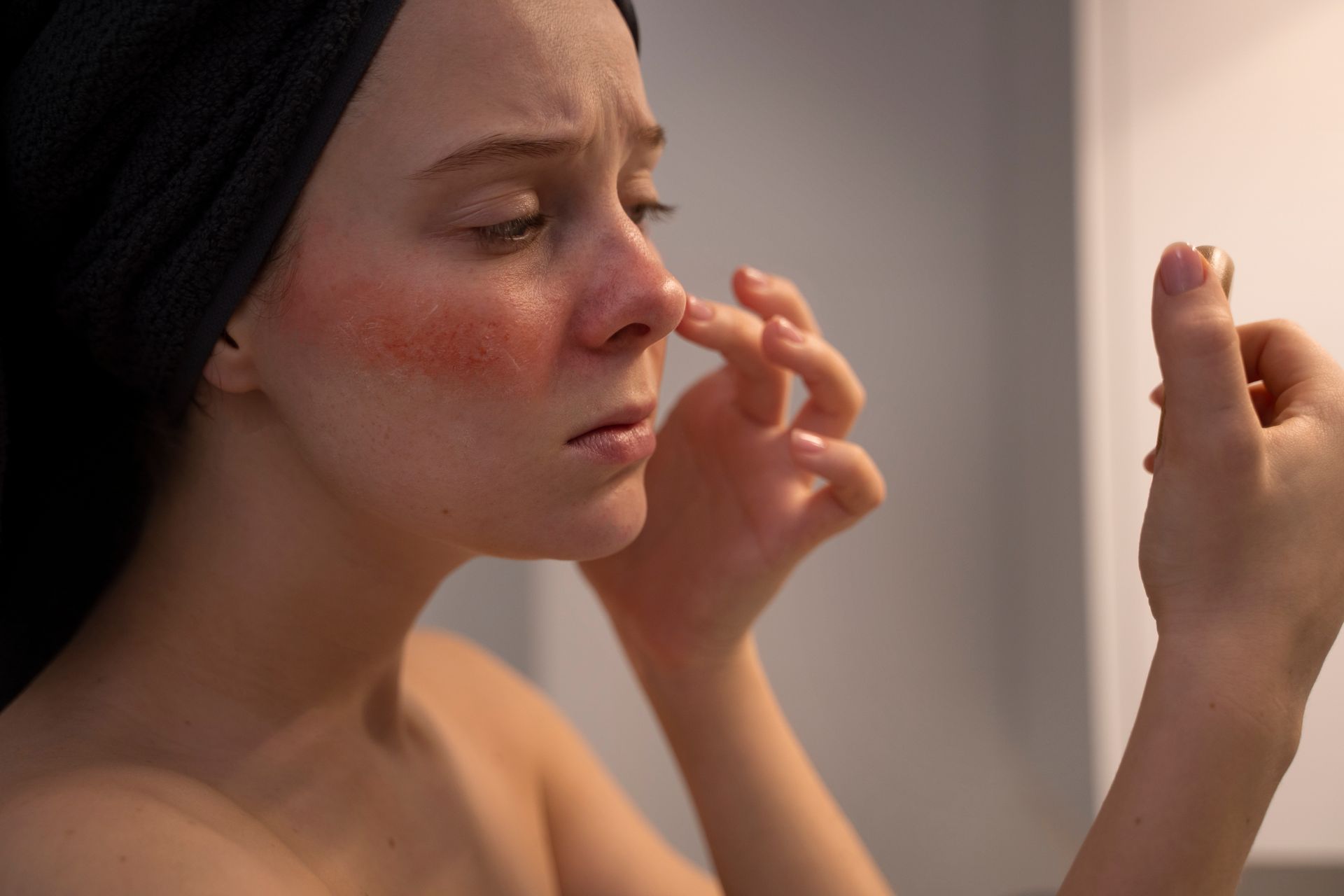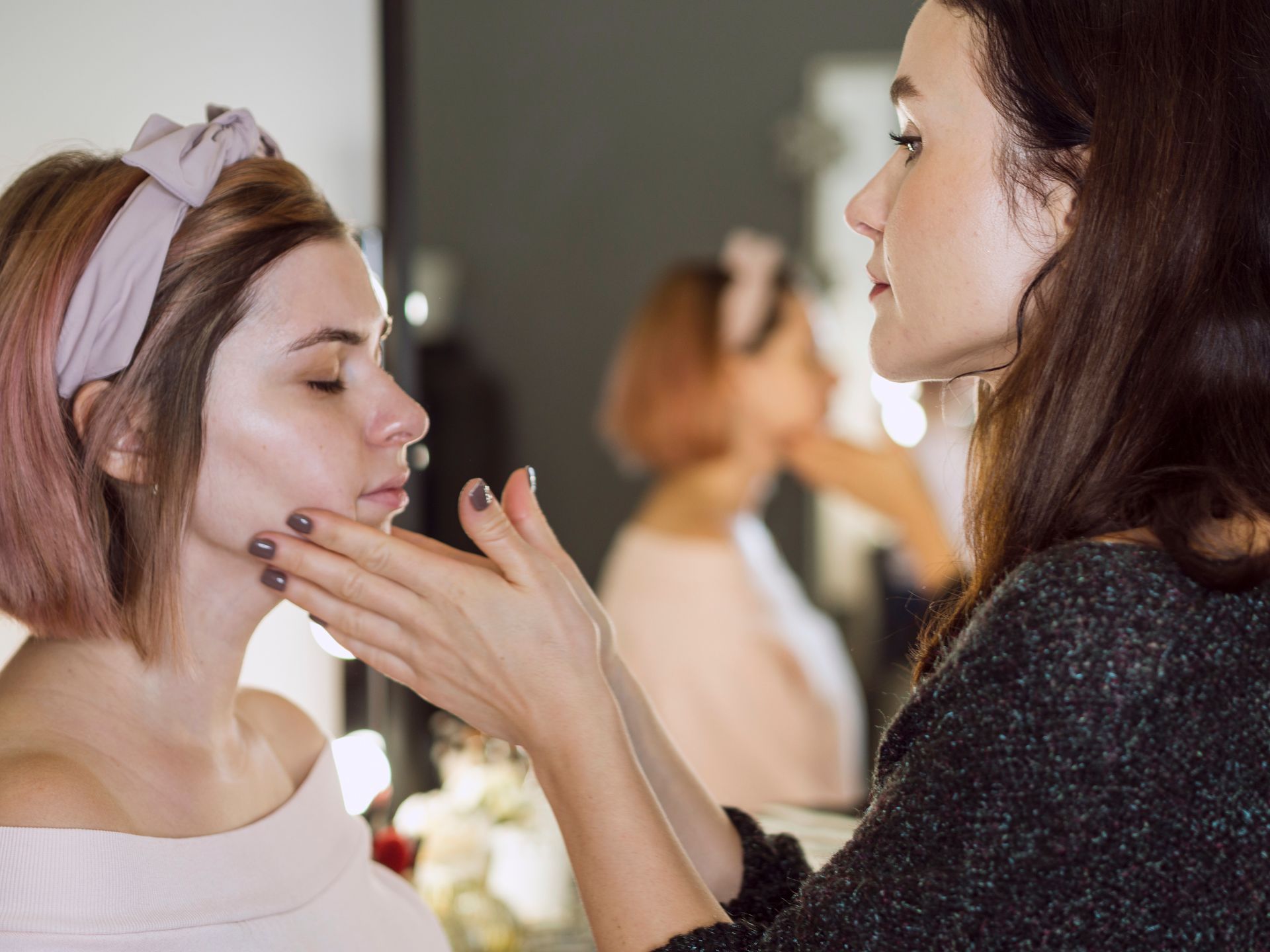Can You Workout After Laser Hair Removal?
Laser hair removal has become an increasingly popular method for achieving smooth, hair-free skin. However, many individuals are concerned about the impact of this procedure on their fitness routines. Can you workout after laser hair removal? The answer is both simple and complex, as it involves understanding the nuances of post-treatment care to ensure optimal results and avoid complications. Working out after laser hair removal involves many factors, including recommended waiting periods, potential risks, and best practices.
Getting To Know Laser Hair Removal
Laser hair removal involves using a concentrated beam of light, typically a laser, to target and destroy hair follicles. The laser emits a specific wavelength of light that is absorbed by the pigment (melanin) in the hair. This light energy is converted into heat, which damages the hair follicle, inhibiting or delaying future hair growth. This process can effectively reduce hair growth over several sessions, as hair follicles go through different growth cycles and not all hairs are targeted in a single session.
While the procedure itself is relatively quick and painless, it is not without its side effects. Patients often describe the sensation as similar to a rubber band snapping against the skin, though topical anesthetics can be used to minimize discomfort. However, after the treatment, the treated skin can become quite sensitive. This increased sensitivity makes the skin more vulnerable to irritation from external factors such as tight clothing, friction, and exposure to harsh chemicals. Also, the disruption of the hair follicles can lead to temporary redness, swelling, and in some cases, minor burns or blisters. Because the skin's natural barrier has been compromised, there is also a heightened risk of infection if proper aftercare is not followed. Hence, it is crucial to adhere to post-treatment guidelines provided by the practitioner to ensure optimal healing and to avoid potential complications.
Immediate Post-Treatment Care
After undergoing laser hair removal, the skin requires time to heal and recover. The first 24-48 hours post-treatment are crucial for ensuring the best outcomes and preventing complications. During this period, the treated area may appear red, swollen, and sensitive. Here are some general guidelines for immediate post-treatment care:
- Avoid Direct Sun Exposure: The skin is highly sensitive post-treatment, and UV exposure can exacerbate irritation and increase the risk of hyperpigmentation. Always apply a broad-spectrum sunscreen with at least SPF 30 when going outside.
- Keep the Area Clean and Dry: Gently cleanse the treated area with mild soap and lukewarm water. Pat the area dry with a soft towel, avoiding any vigorous rubbing.
- Use Soothing Products: Apply aloe vera gel or a gentle moisturizer to soothe the skin and reduce inflammation. Avoid products with fragrances, alcohol, or harsh chemicals.
Working Out After Laser Hair Removal
One of the most common questions is how soon after laser hair removal can one resume their workout routine. The general recommendation is to wait at least 24-48 hours before engaging in any form of physical exercise. This waiting period allows the skin to recover and reduces the risk of irritation or infection. However, the exact timeframe can vary depending on individual skin sensitivity and the area treated.
Why Waiting is Important
- Sweat and Bacteria: Exercise increases perspiration, which can introduce bacteria to the treated area, potentially leading to infection or folliculitis.
- Friction and Irritation: Physical activities can cause friction and pressure on the treated area, aggravating the skin and prolonging healing.
- Heat Exposure: Workouts often elevate body temperature, which can worsen inflammation and discomfort in the treated area.
Types of Workouts to Avoid Post-Treatment
Certain types of workouts pose a higher risk of causing complications post-laser hair removal. It's advisable to avoid the following activities for at least 48 hours:
- High-Intensity Workouts: Activities such as running, HIIT, and CrossFit can lead to excessive sweating and friction.
- Hot Yoga and Sauna: Any exercise involving heat can exacerbate skin irritation and prolong recovery time.
- Swimming: Chlorinated pool water or seawater can irritate the treated area and increase the risk of infection.
When and How to Resume Exercising
Once the initial 48-hour waiting period has passed, you can gradually resume your exercise routine, keeping a few precautions in mind to protect the treated area and ensure optimal healing.
Gradual Reintroduction
- Start with Low-Impact Exercises: Begin with low-impact activities such as walking, gentle yoga, or stretching. These exercises are less likely to cause excessive sweating or friction.
- Monitor Your Skin's Reaction: Pay close attention to how your skin responds to exercise. If you notice increased redness, swelling, or discomfort, consider taking a longer break or reducing the intensity of your workouts.
Protecting the Treated Area
- Wear Loose, Breathable Clothing: Choose workout attire made from soft, breathable fabrics to minimize friction and allow the skin to breathe.
- Avoid Direct Contact: Try to avoid exercises that require direct contact with gym equipment, which can harbor bacteria and cause infection.
Special Considerations for Different Body Areas
The waiting period and precautions can vary depending on the area treated with laser hair removal. Here are some specific considerations for different body areas:
Face and Neck
- For the first 24-48 hours, avoid applying heavy makeup to the treated area. Instead, opt for mineral makeup if necessary.
- When resuming facial workouts or yoga, be mindful of movements that might irritate the skin.
Underarms
- Refrain from using deodorant for at least 24 hours post-treatment, as it can irritate the sensitive skin.
- Activities that heavily engage the upper body can increase sweat production in the underarm area.
Bikini Area
- Wear loose-fitting underwear and avoid tight clothing that can cause friction.
- Refrain from swimming and other water activities that expose the bikini area to potentially irritating substances.
Post-Workout Skincare
After resuming workouts, proper skincare becomes even more essential to ensure the treated skin continues to heal and remains free of complications.
- Cleanse Gently: Post-workout, gently cleanse the treated area with a mild, fragrance-free cleanser to remove sweat and bacteria.
- Hydrate and Soothe: Reapply soothing products such as aloe vera gel or a gentle moisturizer to keep the skin hydrated and calm.
Consulting with Your Laser Technician
Every individual's skin reacts differently to laser hair removal, and the best post-treatment care can vary. It is essential to always follow the specific aftercare instructions provided by your laser technician to ensure optimal healing and results. If you have any concerns or experience unusual symptoms, do not hesitate to contact them for advice and guidance.
At Huggie Beauty, a professional beauty spa, our skilled technicians are dedicated to providing personalized care and support throughout your laser hair removal journey. We emphasize the importance of customized aftercare to cater to your unique skin needs. Should you encounter any issues or have questions post-treatment, our team is always available to assist you with expert advice and solutions.
Conclusion
While laser hair removal offers the promise of smooth, hair-free skin, it requires careful post-treatment care, especially regarding physical activity. By understanding the importance of waiting periods, choosing the right types of workouts, and following proper skincare routines, you can safely integrate exercise into your routine while enjoying the long-term benefits of laser hair removal.
BOOK YOUR FREE SESSION
